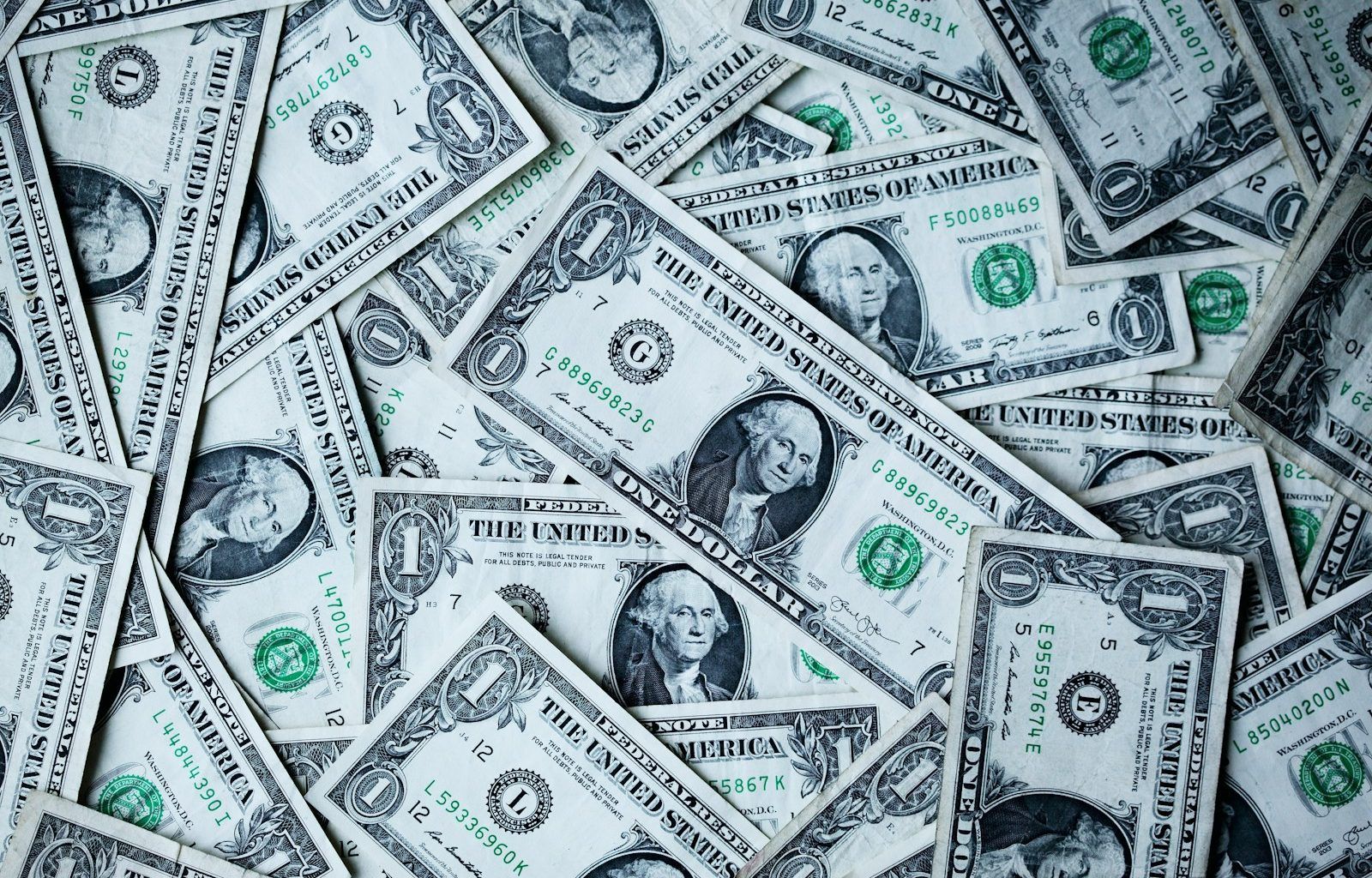If you’ve ever dreamed of turning your passion for creating videos into a steady income, you’re not alone. Monetising a YouTube channel might seem like a daunting task, but it’s not as complicated as you might think. With some dedication, creativity, and a well-thought-out strategy, you can make your YouTube channel a source of income. Let’s dive in and explore how you can monetise your YouTube channel step by step.
Understanding YouTube Monetisation
Before we dive into the nitty-gritty details, let’s first understand what it means to monetise a YouTube channel. In simple terms, monetisation is the process of earning money from your YouTube videos. YouTube provides several ways to make this happen, ranging from ad revenue to sponsored content. The key is to ensure your content aligns with your target audience and YouTube’s guidelines.
Step 1: Meet YouTube’s Monetisation Requirements
To start earning, you’ll need to join the YouTube Partner Program (YPP). But first, your channel has to meet certain criteria. As of now, you need:
- 1,000 subscribers
- 4,000 watch hours in the past 12 months, or 10 million YouTube Shorts views
- An AdSense account linked to your YouTube channel
- Compliance with YouTube’s community guidelines and policies
If you haven’t reached these milestones yet, don’t worry. Focus on creating high-quality, engaging content that resonates with viewers, and the numbers will come over time.
Step 2: Create Engaging Content
The foundation of monetising your YouTube channel is great content. Think about what your audience wants to see and create videos that cater to their interests. Whether it’s tutorials, entertainment, reviews, or vlogs, the key is consistency and authenticity. Always aim to provide value through your videos. For instance, if you’re teaching something, make it informative yet easy to understand.
It’s also essential to use good lighting, clear audio, and eye-catching thumbnails. These small details can make a big difference in keeping viewers engaged and coming back for more.
Step 3: Use Keywords Effectively
Keywords are vital for helping your videos rank higher in search results. For example, if you want to monetise your YouTube channel, include related keywords in your video titles, descriptions, and tags. This not only boosts visibility but also attracts the right audience. Think about synonyms or related phrases, such as “earn money from YouTube,” “YouTube revenue,” or “YouTube income streams.”
Step 4: Enable Ads on Your Videos
Once you’ve joined the YouTube Partner Program, you can enable ads on your videos. These ads are a significant source of revenue for most YouTubers. However, keep in mind that YouTube takes a cut of the ad revenue. To maximise your earnings, focus on creating videos that get more views. Longer videos (over 8 minutes) also allow you to include multiple ad breaks, which can increase your earnings.
Step 5: Explore Other Monetisation Options
Ad revenue is just the tip of the iceberg when it comes to earning money on YouTube. Here are some additional ways to monetise your channel:
- Channel Memberships: Offer exclusive perks to your subscribers who join as members for a monthly fee.
- Merchandise Shelf: Sell branded products directly through your channel.
- Super Chat and Super Stickers: Let your viewers pay to highlight their messages during live streams.
- YouTube Premium Revenue: Earn a share of revenue when YouTube Premium subscribers watch your content.
By diversifying your income streams, you can increase your earnings and make your channel more sustainable in the long run.
Step 6: Partner with Brands
Sponsorships and brand deals are another lucrative way to monetise your YouTube channel. Once your channel gains traction, brands may approach you to promote their products or services. Alternatively, you can reach out to brands that align with your niche. For example, if you run a tech review channel, you can collaborate with gadget companies.
When working with brands, always be transparent with your audience. Disclose sponsored content clearly to maintain trust and credibility.
Step 7: Use Affiliate Marketing
Affiliate marketing involves promoting products or services in your videos and earning a commission for every sale made through your unique affiliate link. It’s a great way to monetise your YouTube channel, especially if you create content that lends itself to product recommendations. Platforms like Amazon Associates, ShareASale, and CJ Affiliate are popular choices for finding affiliate programs.
Step 8: Keep Engaging with Your Audience
Engaging with your viewers is crucial for building a loyal community. Respond to comments, ask for feedback, and encourage viewers to like, share, and subscribe. The more engaged your audience is, the more likely they are to support your channel, whether through memberships, Super Chats, or simply watching your videos.
Step 9: Track Your Performance
To monetise your YouTube channel effectively, it’s important to understand what works and what doesn’t. Use YouTube Analytics to track metrics like watch time, audience demographics, and traffic sources. This data can help you fine-tune your content strategy and maximise your earnings.
Step 10: Stay Consistent and Patient
Monetising a YouTube channel is not an overnight process. It requires consistent effort and patience. Set realistic goals, keep improving your skills, and stay motivated even if progress seems slow. Remember, every successful YouTuber started somewhere, and with determination, you can achieve your goals too.
Final Thoughts
Monetising your YouTube channel is a journey that involves creativity, persistence, and smart planning. By following these steps, you can turn your passion for video creation into a rewarding source of income. Whether you’re just starting out or looking to boost your existing channel, the key is to focus on providing value and connecting with your audience. So, what are you waiting for? Start creating and take the first step toward monetising your YouTube channel today!
For further reading, explore these related articles:
- Exploring the Best Free Music Distribution App for Independent Artists
- Comprehensive Breakdown of Music Distribution Costs for Artists
For additional resources on music marketing and distribution, visit Deliver My Tune.






